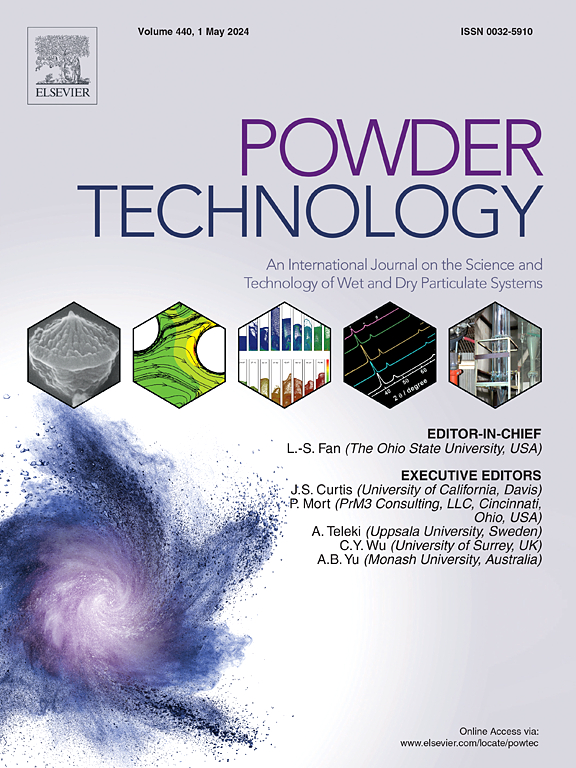Synthesis of monoclinic clinobisvanite BiVO4 for effective visible-light degradation of antibiotics in water: Photocatalytic performance, reaction kinetics, and mechanism
IF 4.5
2区 工程技术
Q2 ENGINEERING, CHEMICAL
引用次数: 0
Abstract
This work attempts to remediate amoxicillin (AMX) as a long-life antibiotic model in aquatic environments using the BiVO4 (BVO) semiconductor photocatalyst. Monoclinic clinobisvanite BVO materials (BVO90, BVO120, BVO150, and BVO180) were prepared by the hydrothermal method at different calcination temperatures (90, 120, 150, and 180 °C). The homogeneous BVO150 particles with a visible-light-response bandgap energy of 2.36 eV showed the highest performance for AMX photodegradation within the as-prepared catalyst. AMX degradation in the solutions containing an initial AMX concentration of ≤10 ppm and a BVO150 dosage of ≥50 mg/L at pH 4 demonstrated a photodegradation efficiency of ≥93 % after 120 min. Moreover, AMX degradation on BVO photocatalysts also followed a pseudo-first-order kinetic model. The evaluation of BVO150 before and after five cycles of AMX photodegradation exhibited good durability and stability of materials. Finally, based on the data obtained from product analyses, a proposed mechanism and degradation pathway were discussed.

求助全文
约1分钟内获得全文
求助全文
来源期刊

Powder Technology
工程技术-工程:化工
CiteScore
9.90
自引率
15.40%
发文量
1047
审稿时长
46 days
期刊介绍:
Powder Technology is an International Journal on the Science and Technology of Wet and Dry Particulate Systems. Powder Technology publishes papers on all aspects of the formation of particles and their characterisation and on the study of systems containing particulate solids. No limitation is imposed on the size of the particles, which may range from nanometre scale, as in pigments or aerosols, to that of mined or quarried materials. The following list of topics is not intended to be comprehensive, but rather to indicate typical subjects which fall within the scope of the journal's interests:
Formation and synthesis of particles by precipitation and other methods.
Modification of particles by agglomeration, coating, comminution and attrition.
Characterisation of the size, shape, surface area, pore structure and strength of particles and agglomerates (including the origins and effects of inter particle forces).
Packing, failure, flow and permeability of assemblies of particles.
Particle-particle interactions and suspension rheology.
Handling and processing operations such as slurry flow, fluidization, pneumatic conveying.
Interactions between particles and their environment, including delivery of particulate products to the body.
Applications of particle technology in production of pharmaceuticals, chemicals, foods, pigments, structural, and functional materials and in environmental and energy related matters.
For materials-oriented contributions we are looking for articles revealing the effect of particle/powder characteristics (size, morphology and composition, in that order) on material performance or functionality and, ideally, comparison to any industrial standard.
文献相关原料
公司名称
产品信息
阿拉丁
KOH
阿拉丁
HCl
阿拉丁
HNO3
阿拉丁
NH4VO3
阿拉丁
Bi(NO3)3.5H2O
 求助内容:
求助内容: 应助结果提醒方式:
应助结果提醒方式:


